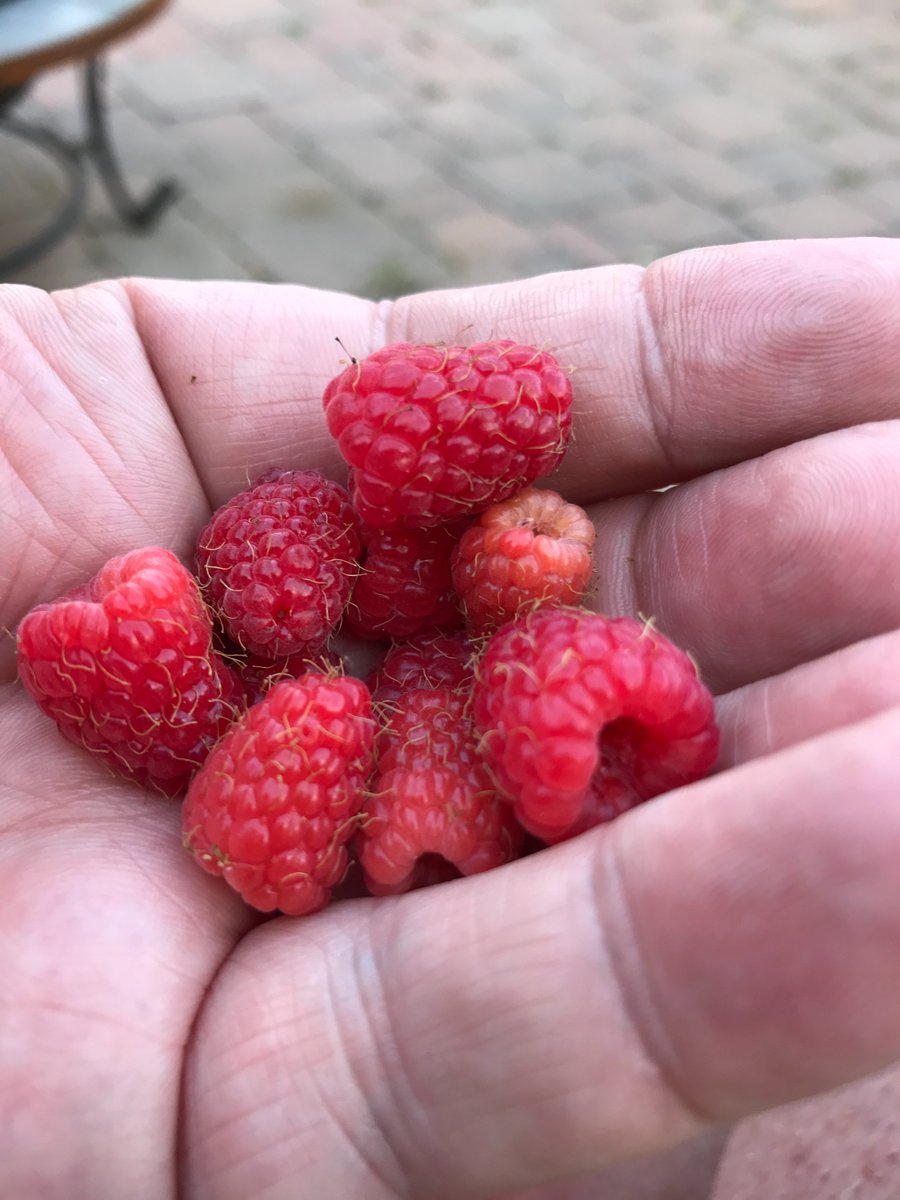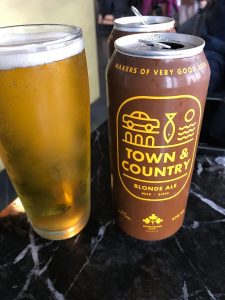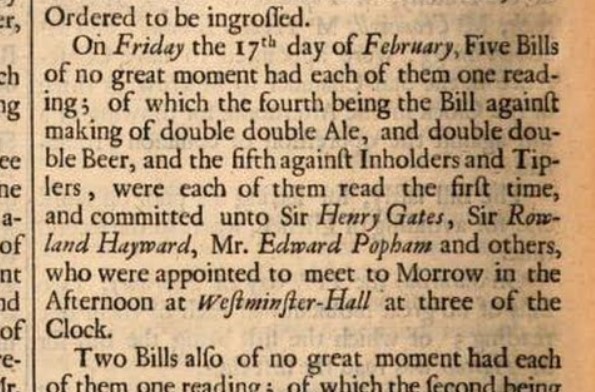 Thanks for all the cards and flowers. As hinted last week, the eyelid is now 19% smaller which makes it all 100% better. I’ve spent the week on meds and on the sofa so, no doubt, these will be less dynamic in terms of being actual new notes than those to which you have become accustomed. Maybe. Best thing noticed of the week? As if a personal gift in my half dazed troubled state, Lily Waite posted a picture of a stoneware mug/stein she made from a lighter Draycott clay. Fabulous and cheery.
Thanks for all the cards and flowers. As hinted last week, the eyelid is now 19% smaller which makes it all 100% better. I’ve spent the week on meds and on the sofa so, no doubt, these will be less dynamic in terms of being actual new notes than those to which you have become accustomed. Maybe. Best thing noticed of the week? As if a personal gift in my half dazed troubled state, Lily Waite posted a picture of a stoneware mug/stein she made from a lighter Draycott clay. Fabulous and cheery.
Did anything else happen this week? Oh, yes! A US election. America is still divided but as the graph just below shows, along lines that indicate that there might be more to it that mere political allegiance as the accompanying tweet explained. Resentment and widely held prosperity don’t always mix well.  Best Biden-based fact:
Best Biden-based fact:
Washington D.C. liquor store owners say supporters of President-elect Joe Biden have purchased more champagne bottles Saturday than during the previous two New Year’s Eve celebrations combined.
Boak and Bailey shared interesting thoughts about what in the wine world might be considered bottle variation, a hallmark of the real:
For us, a little inconsistency introduced on the front line, in pubs, is part of the way we get to really appreciate a beer we love – not beer being served in poor condition here, just the difference say in drinking ESB that’s been on for one day as opposed to two, three or four.
I’m all in. Here in Ontario, there is a micro era style known as dark ale. If you are lucky the cask is old but not too old which means there is a slight tang that cuts the cloy. Note: your contemporary tin ‘o juice-muck won’t offer that experience. It’ll just explode in your hand. Stan re-upped the related beer rule #4 in reply.
Also here in Ontario, Ron Redmond reported on the response one brewery has made facing allegations of discriminatory services:
Before long, Cowbell also noticed and quickly issued an apology that was sadly lacking in one regard. The apology itself. That further infuriated people. However, I was somewhat heartened to read that they were planning to reach out to Ren, Ontario’s reigning Beer Diversity Monarch, (a hail and hearty “Long live the Queen!”) to come to the brewery and do that thing she does so well. And that is, “plain-splain” why the Ontario Craft Beer industry needs to be to be more inclusive towards the BIPOC and LGBTQ2 communities. As a member of both, Ren is uniquely equipped to calmly, rationally and even happily explain its importance to people, even those as dense as myself.
The path forward is not smooth as Don notes. Not everyone is ready to move on… but that is a reasonable response and one to be expected when serving a thoughtful consumer base. Relatedly, BA Bart posted a review of an academic text, Beer and Racism: How Beer Became White, Why it Matters, and the Movements to Change It by N. Chapman and D. Brunsma.
And very sad news this week with the passing of Bill White of Better With Beer and many other things, a man whose expertise touched all aspects of Ontario’s beer industry. Many tributes here, here and here.
Despite the Raging Orange being on the way out, the big news remains the global pandemic and how folk are coping. In the UK, there seems to be resistance to the idea that:
Britons flouted lockdown in their hundreds of thousands in London today as a market was packed with visitors helping themselves to takeaway beer on the first weekend of new coronavirus lockdown restrictions.
Looking forward, JJB has some interesting thoughts on what the world after looks like in 2021:
When the vaccines are deployed and life returns to normal, rent arrears will be demanded, business rates will return, VAT will go back up, furlough will end and there’ll be a huge destruction in the hospitality industry as a result (and lots of opportunities for survivors)…
Interesting. Certainly after the collapse of the late 1990s there was a surplus of brewing equipment that led to the easier entry early era of craft in the early 2000s. Will those with cash again ride the new wave of the vaccinated boom. Of course they will. As noted a number of times before, debt drowns as it depends on continuing upside.
Looking backwards in this week’s edition of Historian’s Corner, here’s an interesting video with Sir Geoff Palmer describing the role of James Watt at the outset of industrial brewing. Watt was from my father’s home city in Scotland so if you want to hear hearsay versions of any erroneous folk tales of early pump tech let me know.
By way of warning of the temptations of free samples, The Beer Nut himself shared a live update on the new Guinness 0.0:
This is very much an idea whose time has come and I can see it doing well. Edit on 11/11/2020: Diageo have just announced a total product recall due to microbiological contamination. I haven’t suffered any ill effects but you can’t be too careful.
Elsewhere, I spotted an early response to the challenge posted by Boak and Bailey (one we should all take up) to write on the theme of something about beer or pubs that’s always puzzled you? Over in The Mad Brewer’s Notebook we read:
Can you imagine going into the supermarket and then finding out how much your shopping is after it’s bagged and you’re committed to purchasing whatever you have? Can you imagine doing online shopping and finding out the cost when you look at your bank statement? Walking out a bank and complaining to your mates you only found out your mortgage interest rate was 20% after you’d signed the paperwork? Of course not, prices are clearly labelled, you can figure out how much you’re spending as you’re going along. But this is very much the not situation in most British pubs.
Finally, yesterday was Remembrance Day here in Canada and I have been thinking of the time I stayed with a pal in 1986 in Islington area of London. We went into his small local pub, the long shut Old Parrs Head I think, and I was introduced around as a second Canadian. Not long into the session, someone cracked that we should talk to the old guy in the corner to much guffaw. He’s Canadian, too, we were told. We looked at each other, didn’t see the joke and went over to the older man. The place went oddly quiet. We introduced ourselves and could quickly see he was in a rough way, damaged by alcohol. Turns out he was from Saskatchewan. A farmer’s kid who fought in WW2, fighting the Nazis though Holland in the 1940s. When he was released from his service he got a telegram from his family that said “don’t come back, there’s nothing here for you.” So he sat in London for the next four decades, making do but drinking himself to death. The pub owner came over after a while and joined us as we chatted away. He was a bit in shock. “Christ,” he said, “I didn’t know he could speak.” The vet had been sitting silently in that corner of the pub when he had bought the place.
Don’t forget to read your weekly updates from Boak and Bailey mostly every Saturday, plus more at the OCBG Podcast on Tuesdays (this week Jordan shares his love of Windsor!!!) and sometimes on a Friday posts at The Fizz as well. And sign up for Katie’s weekly newsletter, The Gulp, too. Plus the venerable Full Pint podcast. And Fermentation Radio with Emma Inch. There’s the AfroBeerChick podcast as well! And have a look at Brewsround‘s take on the beer writing of the week. Not to mention Cabin Fever. And Ben has finally gone all 2009 and joined in with his own podcast, Beer and Badword. And remember BeerEdge, too. Go!


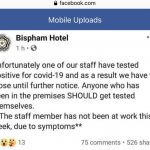



 I resemble that remark myself. And I even went to yet another bar this week. I never go to bars but last Friday for one at the
I resemble that remark myself. And I even went to yet another bar this week. I never go to bars but last Friday for one at the  Ah vacation! Remember that. Seems like it was just a few days ago. Because it was just a few days ago. Now I sit here in the hard black shoes and a tie, half boggled from a work meeting that ended towards midnight. It’s so much better on holiday.* But its not all happy happy joy joy on vacation. Things can get out of hand. I had my concerns, for example, for the place Garrett Oliver had found himself when he
Ah vacation! Remember that. Seems like it was just a few days ago. Because it was just a few days ago. Now I sit here in the hard black shoes and a tie, half boggled from a work meeting that ended towards midnight. It’s so much better on holiday.* But its not all happy happy joy joy on vacation. Things can get out of hand. I had my concerns, for example, for the place Garrett Oliver had found himself when he  Gorgeous tiles in a Belgian bar,
Gorgeous tiles in a Belgian bar, 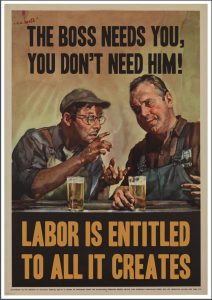 Myles on Twitter
Myles on Twitter 